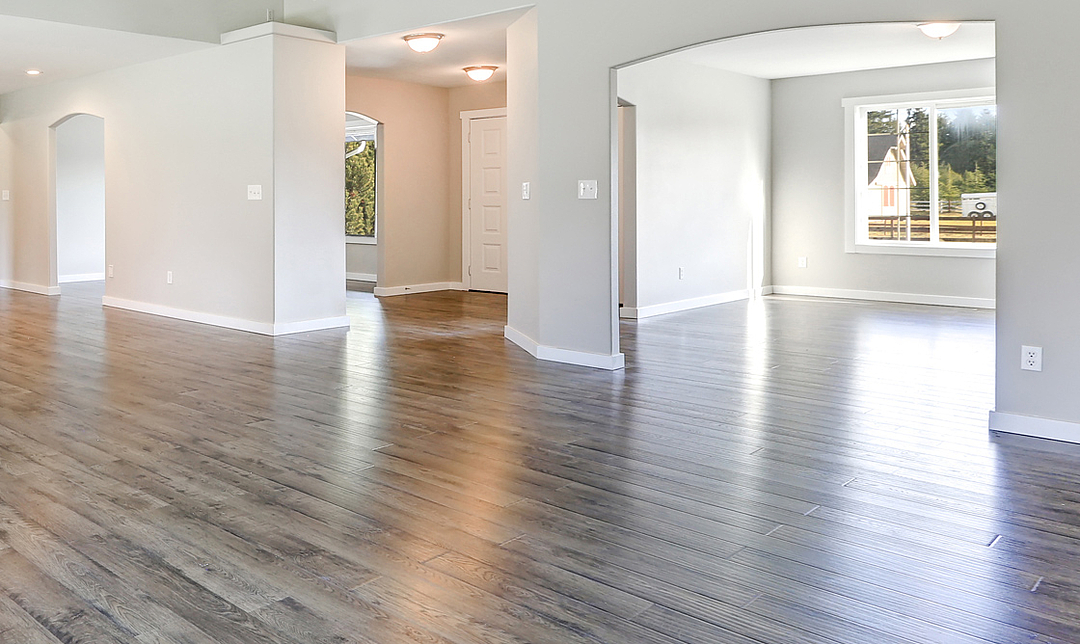
Solutions for Flooring
Over the last 20 years, the market for wood-plastic composites (WPCs) has also developed strongly. Here too, talc offers decisive advantages in combination with the natural fibre: it reduces water absorption, shrinkage, deformation and creep, while the elasticity modulus and shape retention temperature are improved.
Flooring – Talc Improves the Carbon Footprint
Recently, new interior flooring types have been developed, based on PP or PVC, which can be surface printed to display any imaginable surface. In these products, Mondo Minerals' talc grades improve the dimension stability and effectiveness of click laminate bonding. As talc production has a much lower carbon dioxide emission than plastics production, the carbon footprint improves as more talc is added to the formulation. At the same time, talc increases the stiffness, allowing for reduced thickness and thus conservation of the raw material.
